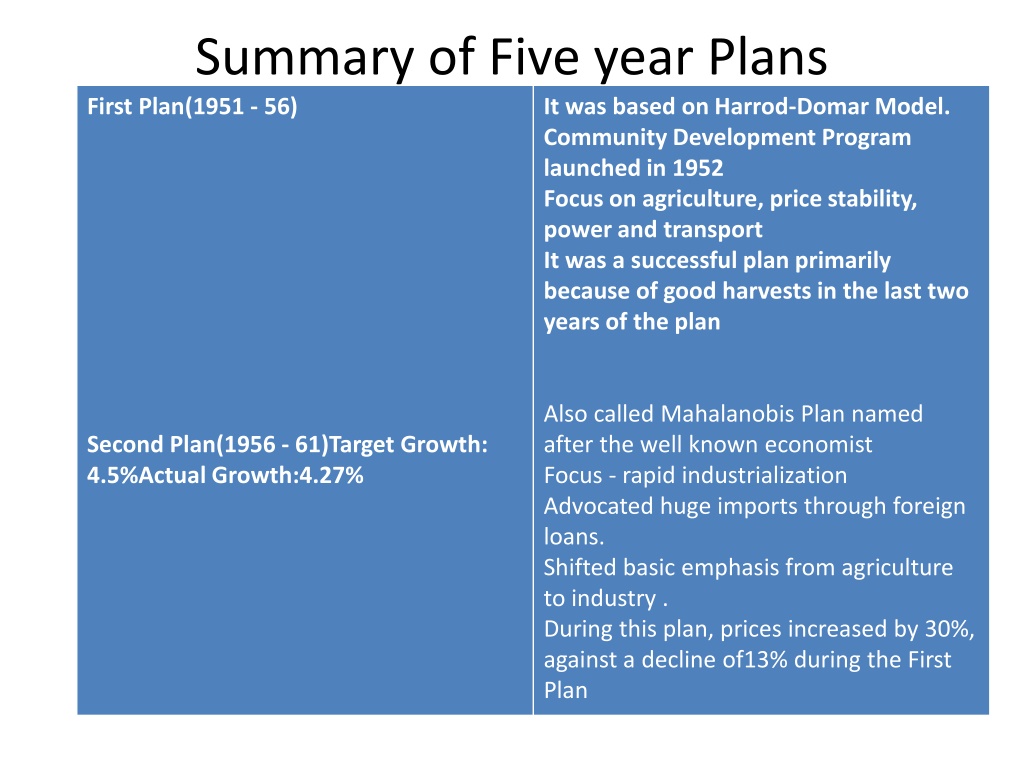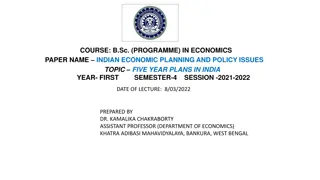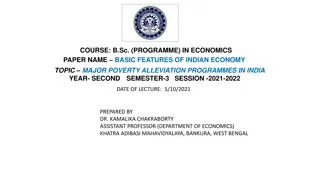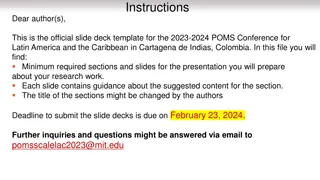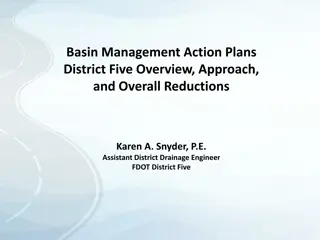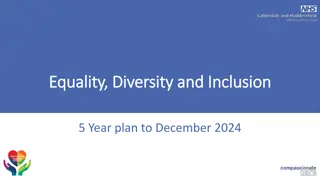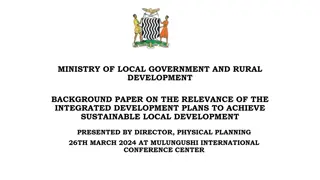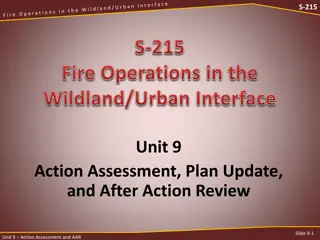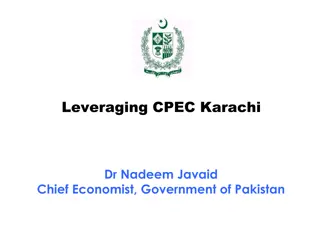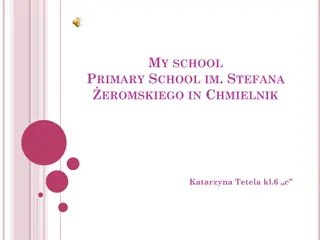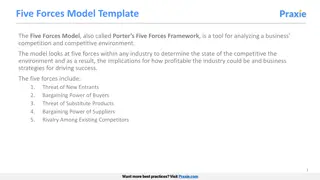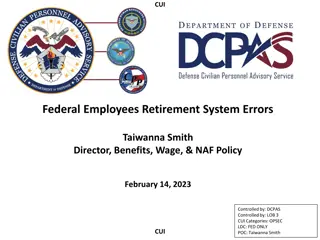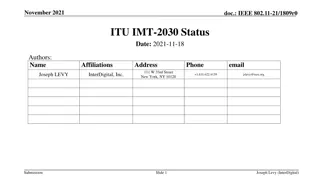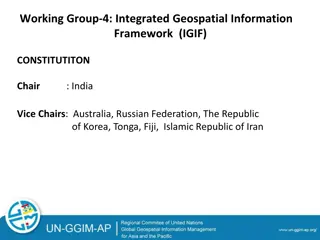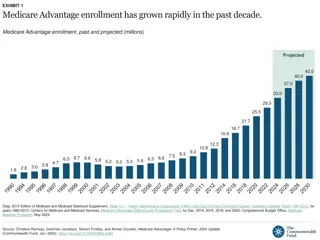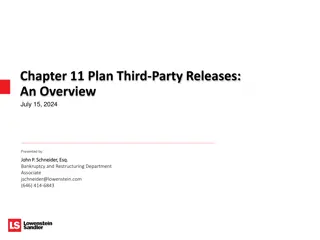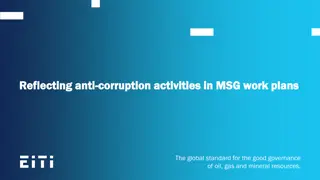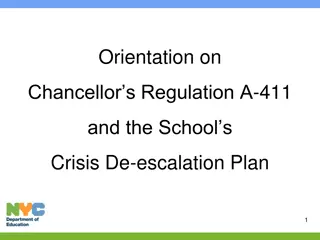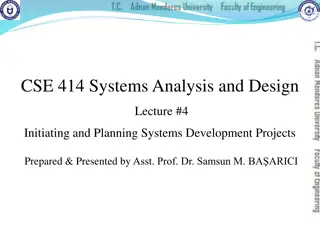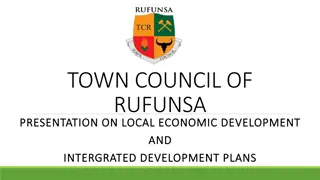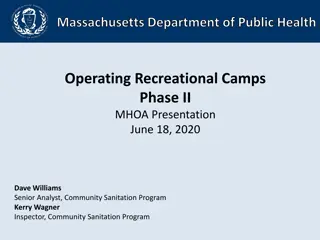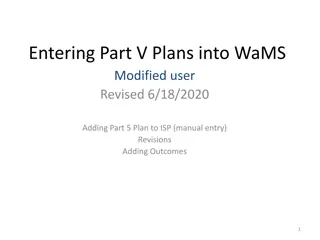Overview of India's Five-Year Plans from 1951 to 1997
India implemented a series of Five-Year Plans from 1951 to 1997 with varying degrees of success. The First Plan (1951-56) focused on agriculture and industrialization, while the Second Plan (1956-61) aimed for economic growth but faced challenges due to external events like wars and droughts. Subsequent plans emphasized agriculture, industry, poverty eradication, and self-reliance. The plans evolved over time to address changing economic priorities and challenges, with mixed results.
Download Presentation

Please find below an Image/Link to download the presentation.
The content on the website is provided AS IS for your information and personal use only. It may not be sold, licensed, or shared on other websites without obtaining consent from the author. Download presentation by click this link. If you encounter any issues during the download, it is possible that the publisher has removed the file from their server.
E N D
Presentation Transcript
Summary of Five year Plans First Plan(1951 - 56) It was based on Harrod-Domar Model. Community Development Program launched in 1952 Focus on agriculture, price stability, power and transport It was a successful plan primarily because of good harvests in the last two years of the plan Also called Mahalanobis Plan named after the well known economist Focus - rapid industrialization Advocated huge imports through foreign loans. Shifted basic emphasis from agriculture to industry . During this plan, prices increased by 30%, against a decline of13% during the First Plan Second Plan(1956 - 61)Target Growth: 4.5%Actual Growth:4.27%
At its conception, it was felt that Indian economy has entertake-off stage. Therefore, its aim was to make India a self-reliant' and 'self-generating' economy. Based on the experience of first two plans, agriculture was given top priority to support the exports and industry. Complete failure in reaching the targets due to unforeseen events - Chinese aggression (1962), Indo-Pak war (1965),severe drought 1965-66 Third Plan(1961 - 66)|Target Growth: 5.6%Actual Growth:2.84% Prevailing crisis in agriculture and serious food shortage necessitated the emphasis on agriculture during the Annual Plans During these plans a whole new agricultural strategy was implemented. It involving wide-spread distribution of high-yielding varieties of seeds, extensive use of fertilizers, Three Annual Plans(1966-69) Plan holiday for 3years.
Fourth Five Year Plan :1969 to 1974. There were two main objective of this plan i. growth with stability and progressive achievement of self reliance. II. During this plan the slogan of Garibi Hatao is given during the 1971 elections by Indira Gandhi. III. This plan failed and could achieve growth rate of 3.3% only against the target of 5.7%. Fifth Five Year Plan:1974 to 1979. I. In this plan top priority was given to agriculture, next came to industry and mines. II. Overall this plan was successful which achieved the growth of 4.8% against the target of 4.4%. III. The draft of this plan was prepared and launched by the D.P. Dhar. This plan was terminated in 1978. Rolling Plan This plan was started with an annual plan for 1978-79 and as a continuation of the terminated fifth year plan.
Sixth Five Year Plan: 1980 to 1985. The basic objective of this plan was poverty eradication and technological self reliance. It was based on investment yojna, infrastructural changing and trend to growth model. Its growth target was 5.2% but it achieved 5.7%. Seventh Five Year Plan:1985 to 1990. Objectives of this plan include the establishment of the self sufficient economy, opportunities for productive employment. For the first time the private sector got the priority over public sector. Its growth target was 5.0% but it achieved 6.0%. Eighth five Plan could not take place due to volatile political situation at the centre. So two annual programmes are formed in 1990- 91& 1991-92. In this plan the top priority was given to development of the human resources i.e. employment, education, and public health. During this plan Narasimha Rao Govt. launched New Economic Policy of India. This plan was successful and got annual Annual Plans: Eighth Five Year Plan:1992 to 1997
It was developed in the context of four important dimensions: Quality of life, generation of productive employment, regional balance and self-reliance. Ninth Plan (1997- 2002) Target Growth: 6.5% Actual Growth: 5.35% To achieve 8% GDP growth rate Reduction of poverty ratio by 5 percentage points by 2007. Providing gainful high quality employment to the addition to the labour force over the tenth plan period. Universal access to primary education by 2007. Reduction in gender gaps in literacy and wage rates by atleast 50% by 2007. Reduction in decadal rate of population growth between 2001 and 2011 to 16.2%. Increase in literacy rate to 72% within the plan period and to 80% by 2012. All villages to have sustained access to potable drinking water by 2012. Cleaning of all major polluted rivers by 2007 and other notified stretches by 2012. Tenth Plan (2002 - 2007)
Accelerate GDP growth from 8% to 10%. Increase agricultural GDP growth rate to 4% per year. Raise real wage rate of unskilled workers by 20 percent. Ensure that at least 33 percent of the direct and indirect beneficiaries of all government schemes are women and girl children Increase energy efficiency by 20 percentage points by 2016-17. Eleventh Plan (2007 - 2012) 12th five year plan(2012-2017): To ensure a broad-based improvement in living standards of all sections of the people This mantra of faster, sustainable and more inclusive growth
